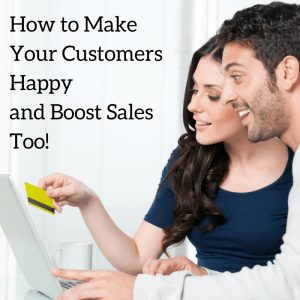
Well guess what, it’s not! All you need is to start a balanced upselling and cross-selling program.
But Zack, isn’t upselling really annoying? I thought customers hate that!
To answer your question, refer back to the most important word in the previous sentence – “balanced.” An upsell isn’t just throwing more products in front of a customer who made a purchase, there is a real strategy behind it.
If you want to learn how to upsell in a way that will make your customers happy then read on, because that is exactly what we are going to discuss in this post!
What’s the Difference Between Upsell and Cross-Sell?
Before we get into the strategy, let’s start with an explanation and differentiation of the key concepts that we will be looking at – upselling and cross-selling.
To display the difference let’s take a look at an example. Let’s say you’re looking for a guitar on Amazon, you find the guitar you’re looking for, and then you notice on the bottom of the page the following:
This is a perfect example of cross-selling. On the guitar’s product page, Amazon shows a few products that are related to the guitar and offers a bundle purchase.
Now let’s say you need a new laptop, so you go to Apple’s store and add a new MacBook to your cart and are taken to this page:
This is an upsell, because Apple is trying to get you to upgrade the product that you are already purchasing to a more expensive model.
To recap, cross-selling is adding bundled products and upselling is upgrading the purchased product to a more expensive one.
Why is Upselling So Great?
Take a look at the two examples of upgrade selling. What do both of them have in common?
The answer is that they don’t simply present a more expensive product to the customer, they offer value. They give context and reason for a customer to consider purchasing the more expensive product.
If I was going to buy a guitar, it is very logical that I should want picks and a tuner – the same way I would want to buy batteries with a flashlight for example. If I was buying a computer, I would at least consider one of the upgrades that Apple offers, because why wouldn’t I want a faster computer, or one with more memory?
The beauty of upselling is that you make your customers feel like they are getting a win, and once they feel like they are winning from your added value, you will get a win from their added purchase.
So, What is the Best Way of Doing This?
Now that you know the difference between cross-selling and upselling and why these methods work, let’s move on to the next order of business – how to implement an effective sales boosting strategy.
Step 1: Look at your product list and determine which products could have upsell options (are there more expensive versions within a product line?), and which could have cross-sells.
If you have a very vast product list, then I suggest starting with your best sellers.
Create a spreadsheet where you map out your potential upsell options. For example, let’s say I have a store that sells party supplies, I might put together a spread sheet like this, where I would list my product categories, the levels of upsell each product has, and the logical cross-sell options for each one.
Remember, you are trying to add value, so only bundle products that you honestly think can add value to your customer.
Step 2: Think about whether you think your cross-sell options or your upsell options will add more value to your customers. You don’t want to overload your customers with offers, because then it will just become spammy.
Ideally I suggest adding one or two upgrade options. For example, you could have one on the product page, and then another in the checkout process.
Step 3: Determine where on your site/during the checkout process you want to implement the option which you chose.
Step 4: Make it as natural as possible. Again, you don’t want it to come off as spammy, so you should try to make it seem as service oriented as possible.
Take a look at how Amazon slipped in a cool and creative cross-sell to the checkout page for the guitar I added earlier. They added their cross-sell in a way that makes perfect sense, isn’t offensive to me as the customer, and actually is pretty appealing.
Step 5: Think about if there are any other, non-product related upsell opportunities. For example, you can offer warranties, or faster shipping options.
Another type of upsell you could implement is to offer free shipping on purchases over a certain value. That would encourage your customers to spend more to get the free shipping.
Old Navy offers free shipping on purchases over $50. Here you can see I added a shirt to my cart, and with shipping it is already $37, so why not just buy one more item and get free shipping? This is an excellent upsell technique.
Step 6: Track your upsell campaign to see what is working and what isn’t. Based on your observations you can optimize your offers, context, and placement.
How Do You Actually Put This into Practice?
There are many ways of setting up your upsell program. Option one is to have your tech team manually add the upsells and cross-sells into your product pages and checkout process. Option two is to use one of the many “product upsell” apps out there.
To find the best app for your store, go to your eCommerce platform’s app store and search for “upsell.” Here are a few examples of the upsell apps that are out there:
Unlimited Upsell is a good tool that works with most eCommerce platforms which enables you to set specific upsell or cross-sell campaigns.
Bold Product Upsell App is a good alternative to Unlimited Upsell, but it is only for Shopify. This app also lets you create special offers which will pop up to customers according to your settings. You can set your own text for the pop up as well!
Another cool app offered by Bold Apps is the Product Bundle tool which enables you to offer natural cross-sells on your product pages by creating a discounted product bundle like the one below.
WooCommerce Checkout Add-on is a solution that enables you to add on different options like rush handling and insurance.
Nosto is a cool app that can actually be added to just about any eCommerce store, no matter the platform. This app takes a different approach to the upsell and cross-sell process by actually automating the personalization of your offers.
With Nosto you can give your customers all the offers you have become used to seeing on Amazon like – “recommended for you,” “customers also looked at,” “customers also bought,” etc. Another cool feature Nosto adds is triggered, personalized emails.
As you can see, there is no shortage of upsell apps, all you have to do is look around a bit!
In Conclusion
You should definitely have product upsell and cross-sells on your site. There is no question it can help you boost your sales if you do it right. The point is though that you have to make sure you do it right.
So if there is one thing that you take out of this post it should be this – when offering an upsell of any kind, make sure it adds value to your customer before putting it live!
Now go out and boost your sales!
P.S. Check out the free eBook below to learn all about social media marketing for eCommerce!

Zack is a social media enthusiast who loves all things digital. He is the inbound marketing manager at StoreYa where he spends his days searching for the newest social marketing scoop. If you’d like to chat with him, feel free to connect with him on any social platform.
Recommended articles
 Facebook Ads for eCommerce: 16 Strategies, Examples & Tips
Facebook Ads for eCommerce: 16 Strategies, Examples & Tips
 How to Build a Winning eCommerce Ads Strategy
How to Build a Winning eCommerce Ads Strategy
 Google Ads for eCommerce: Everything You Need to Know
Google Ads for eCommerce: Everything You Need to Know
 10X Your Traffic with PPC Management Software
10X Your Traffic with PPC Management Software
Comments
Powered by Facebook Comments
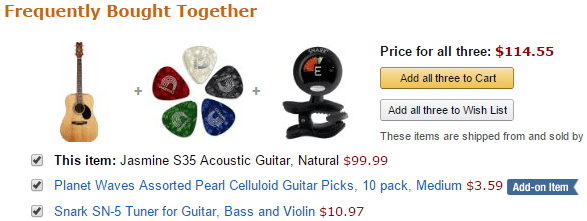
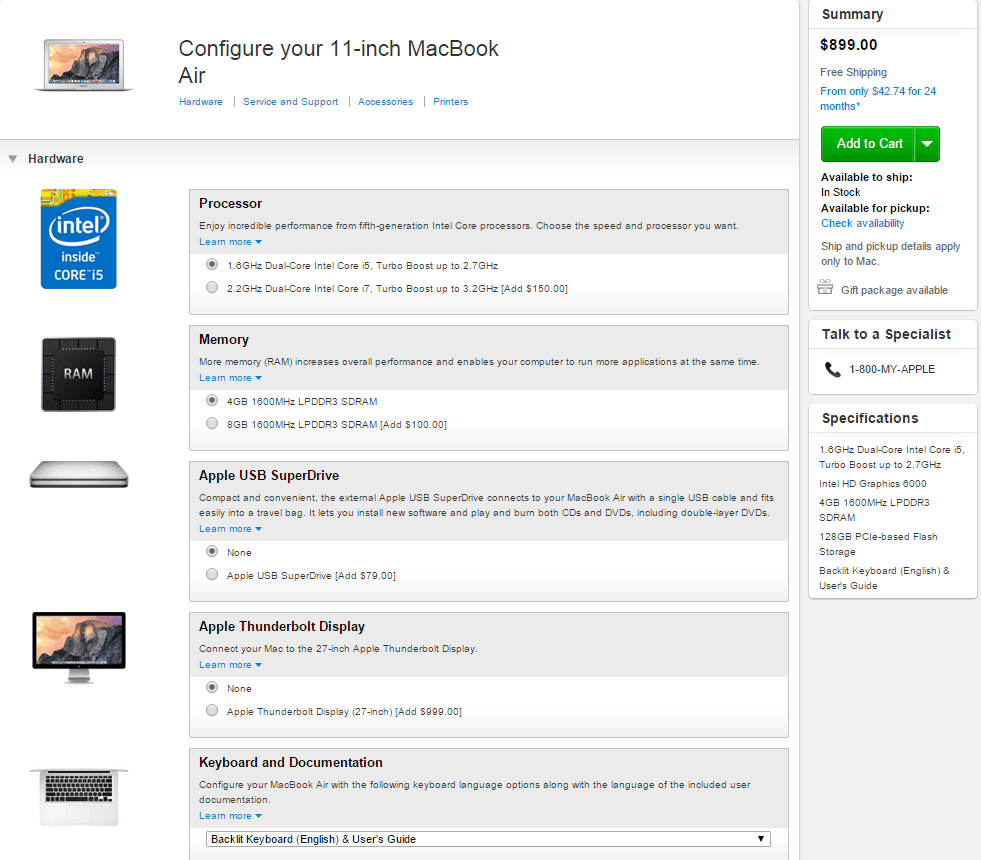
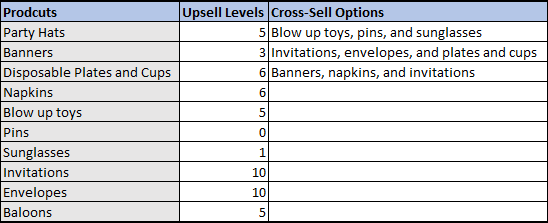
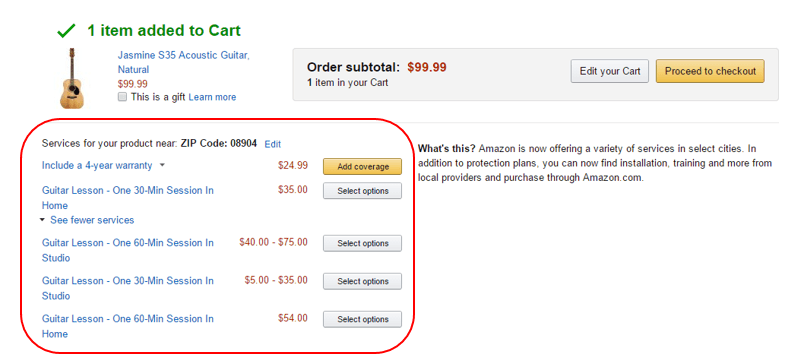

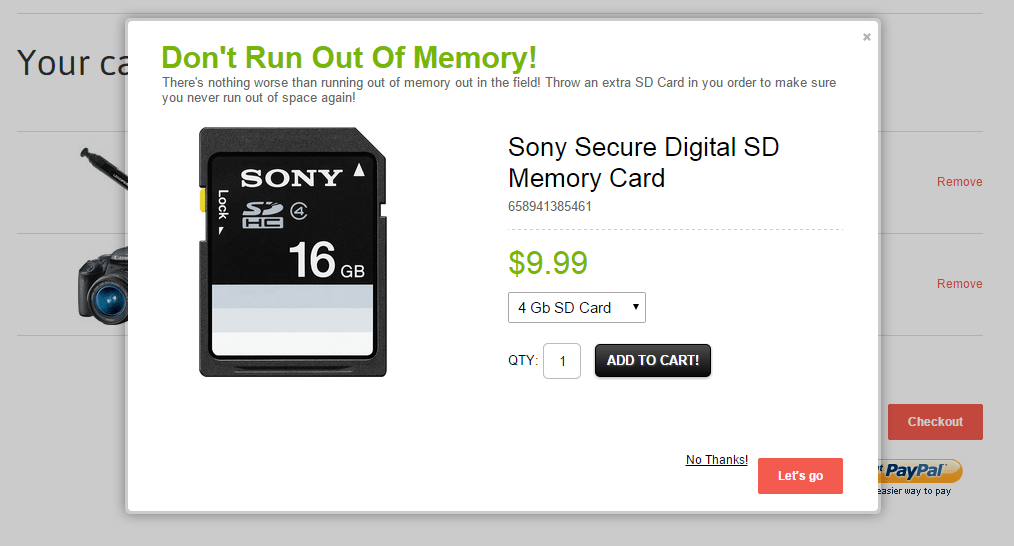




good tips to increase sales
Thank you Manish! Happy to hear you enjoyed.